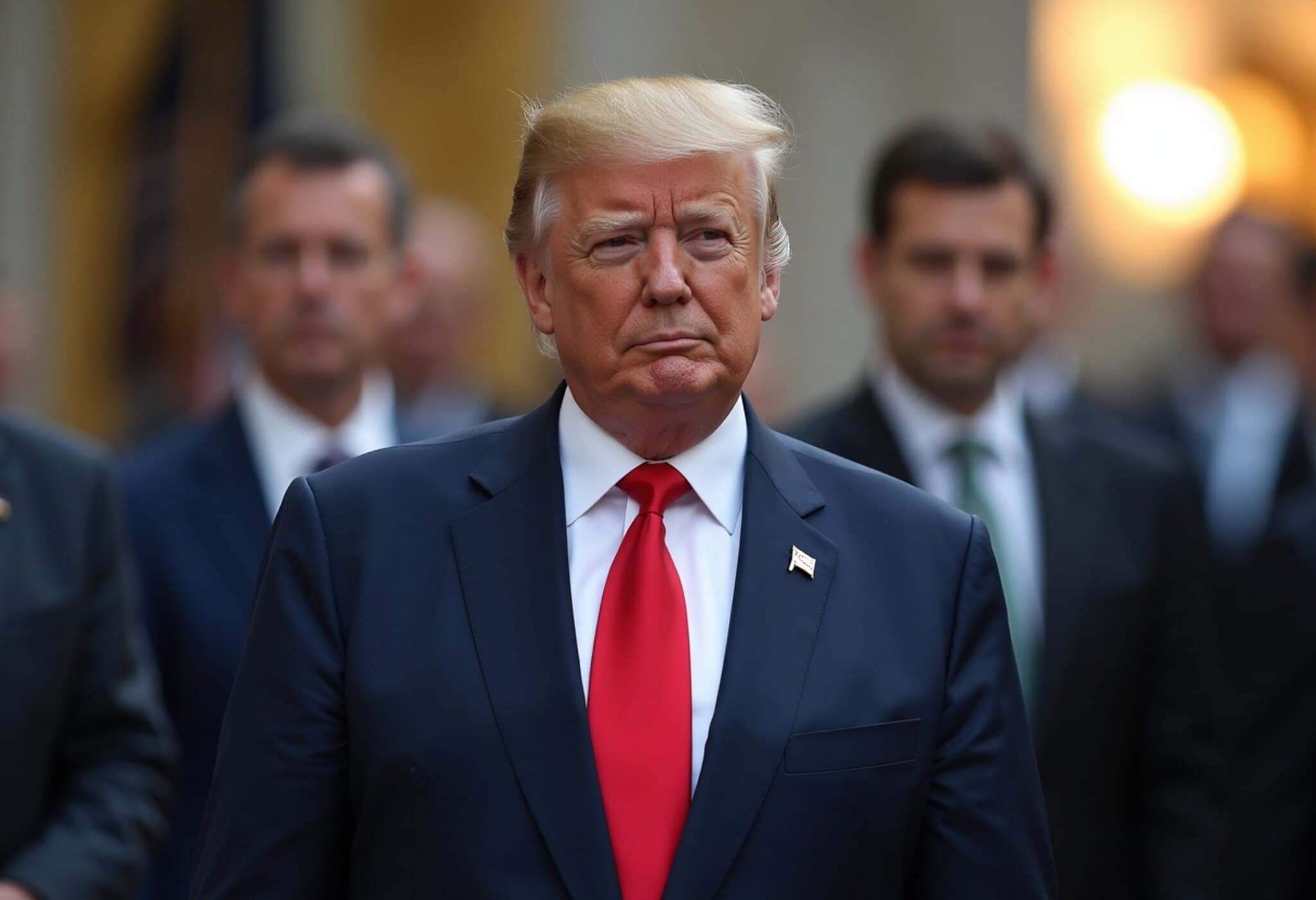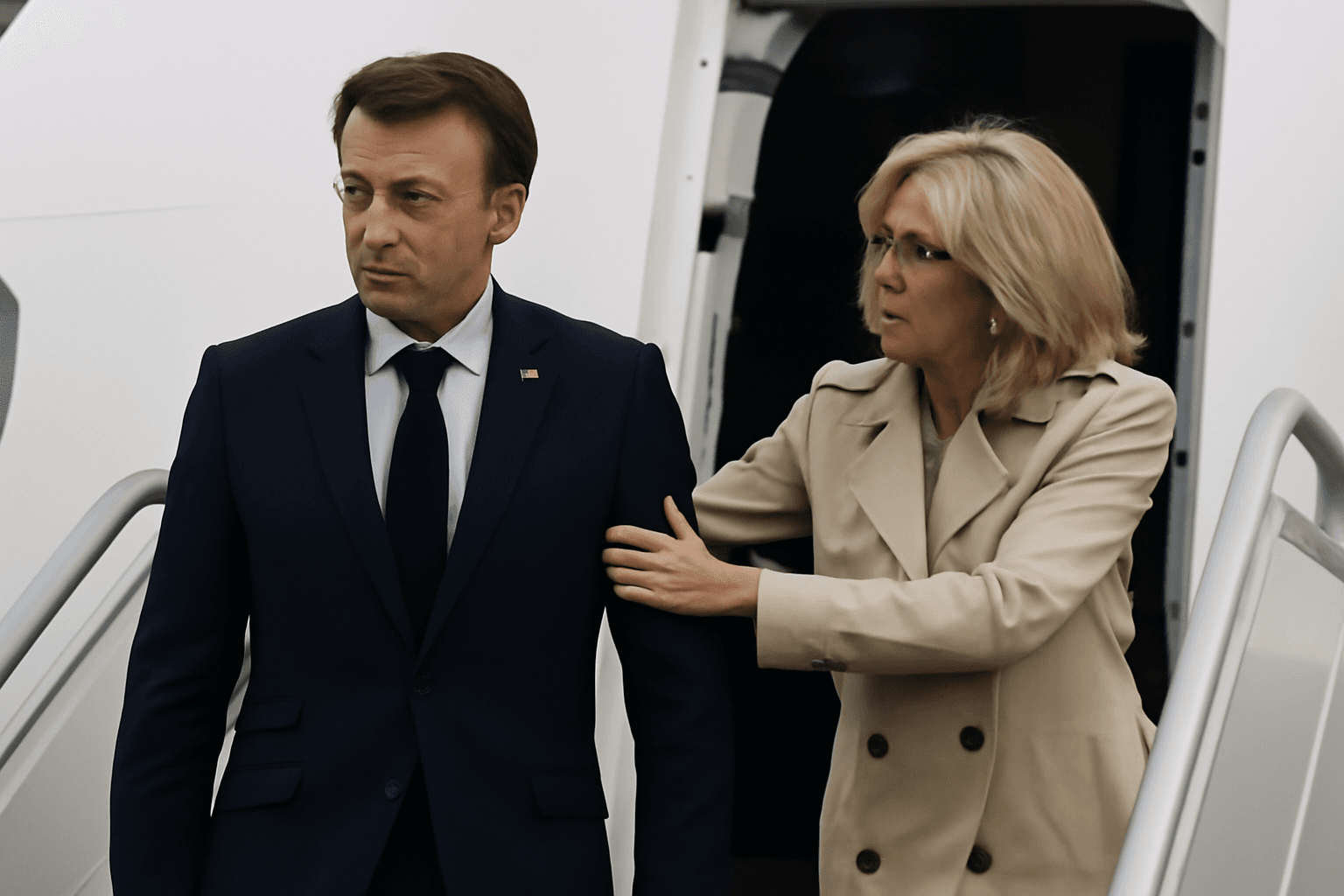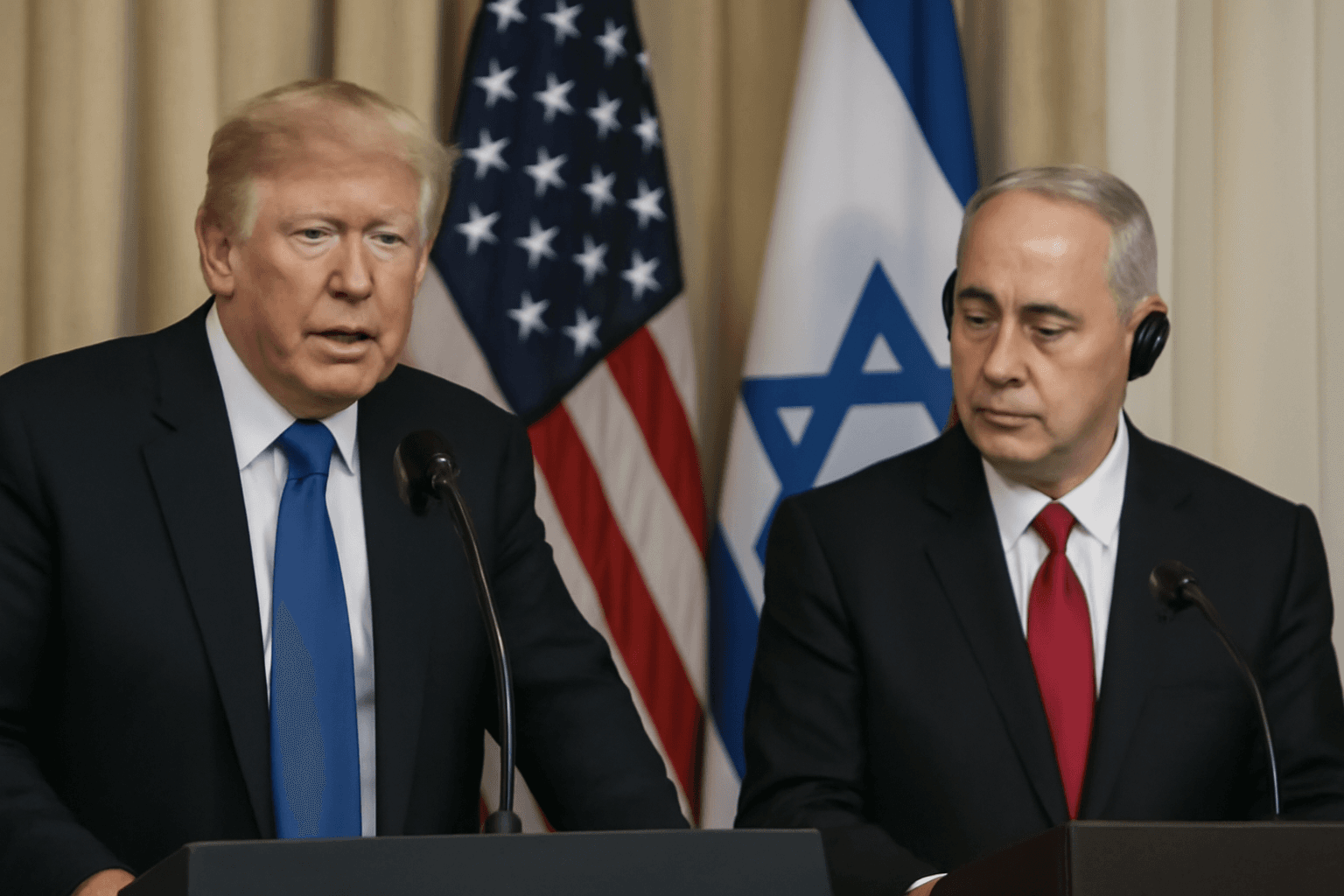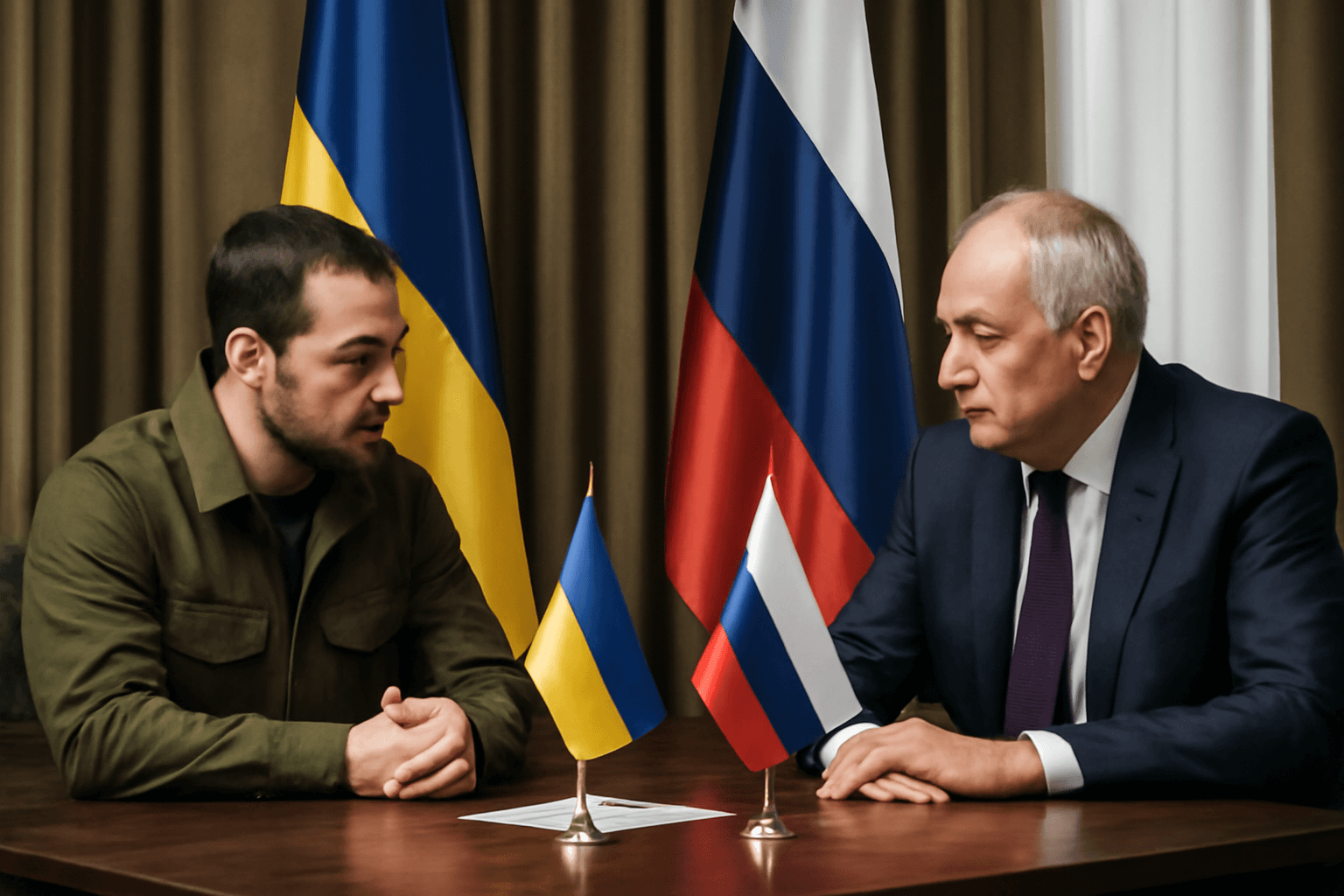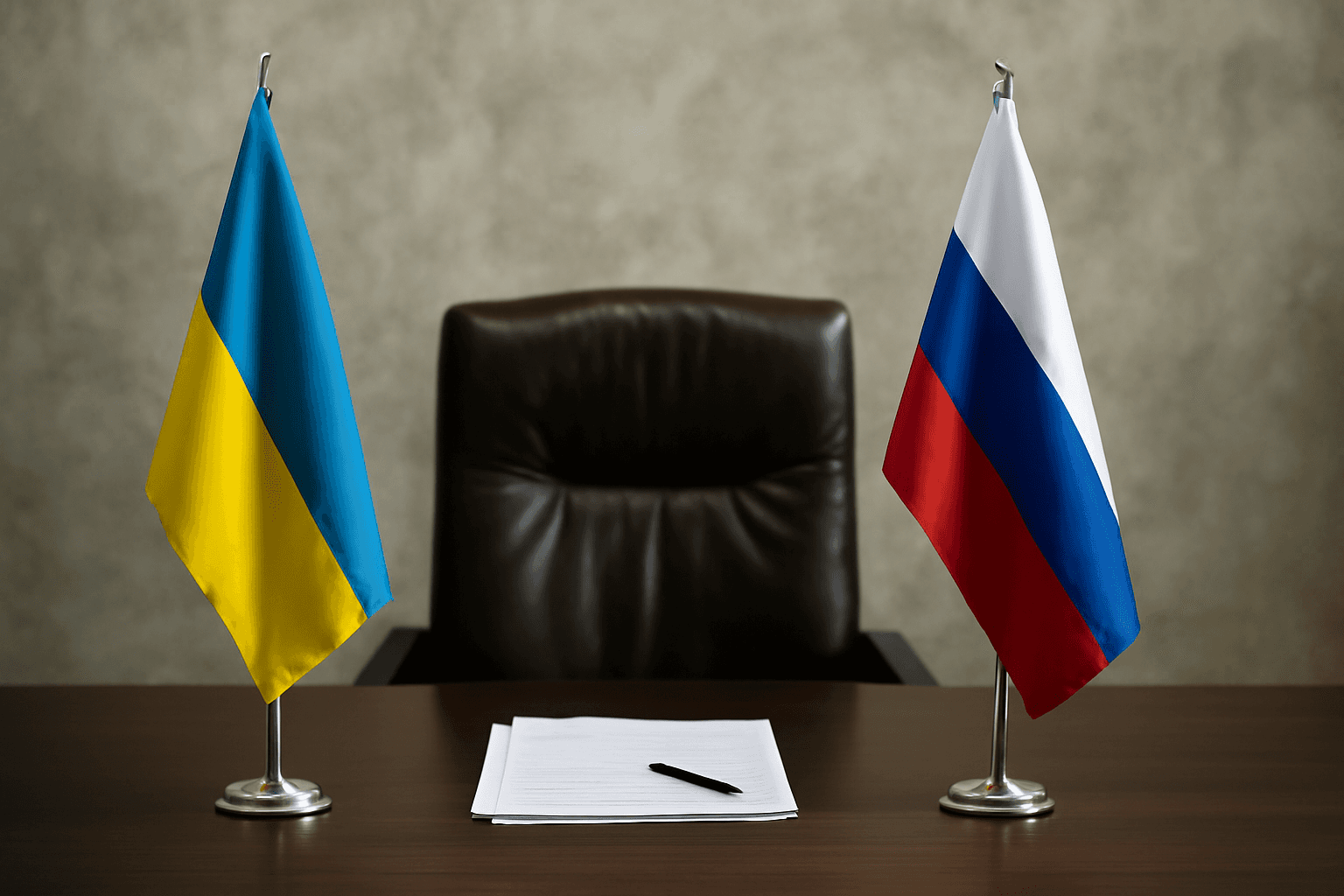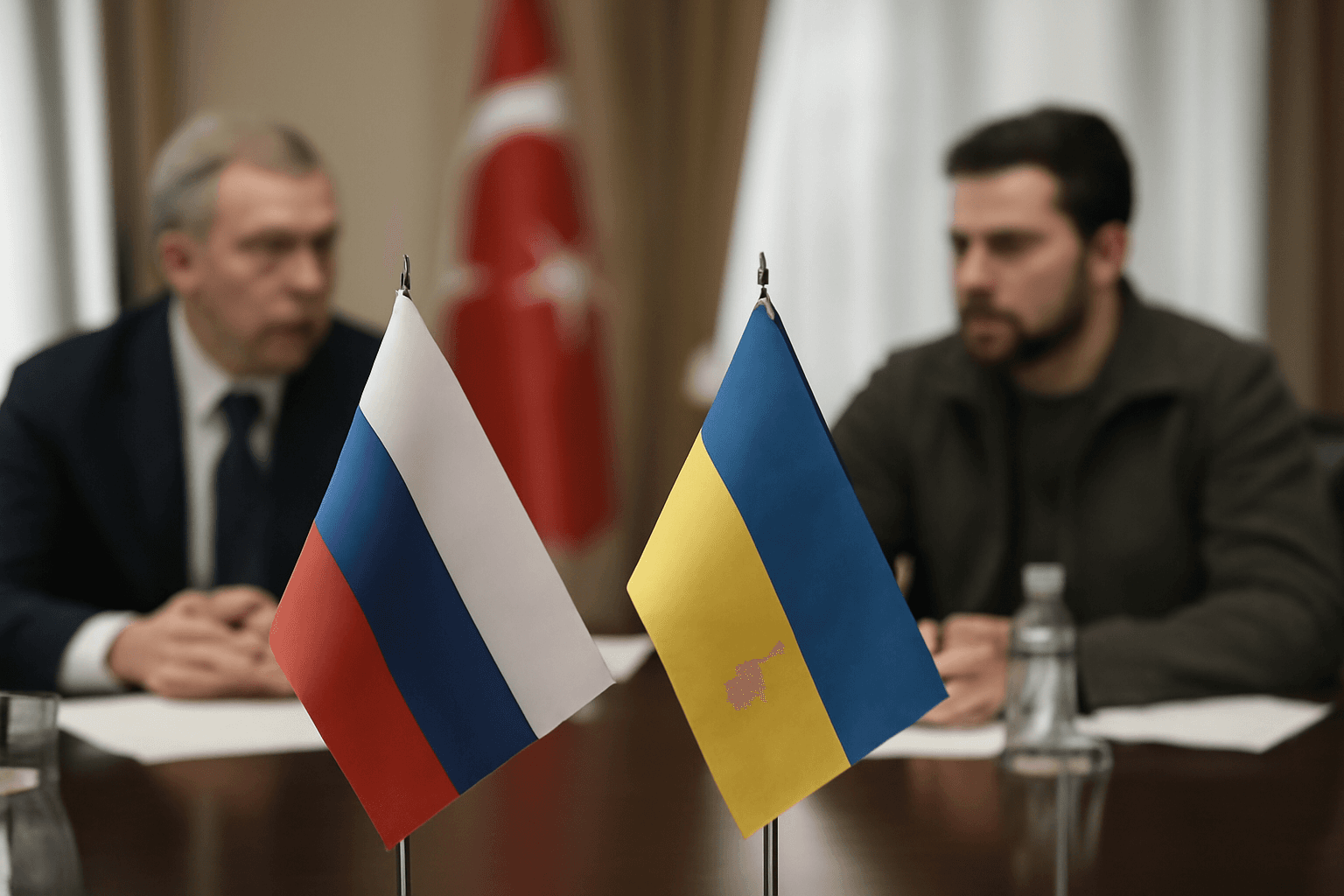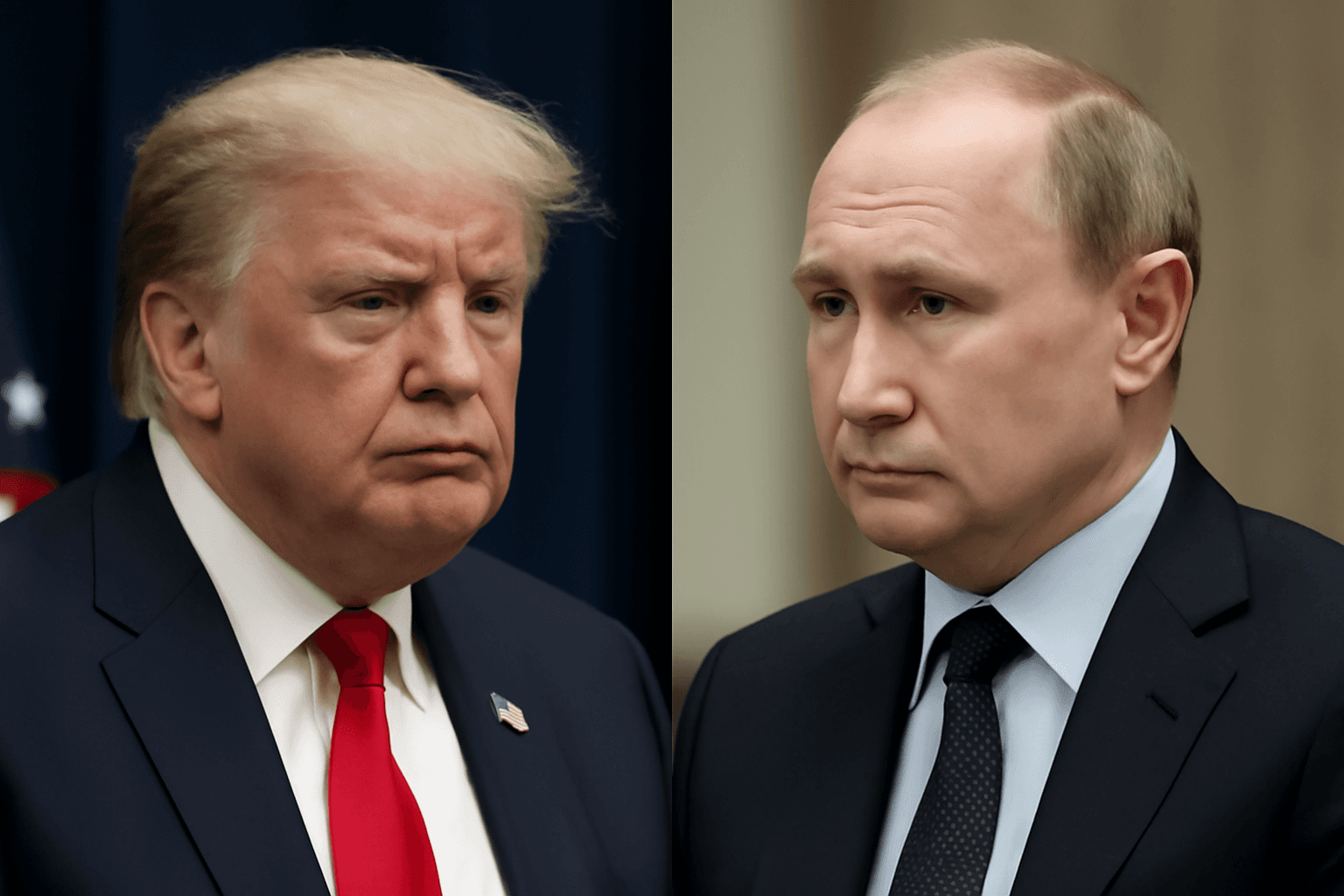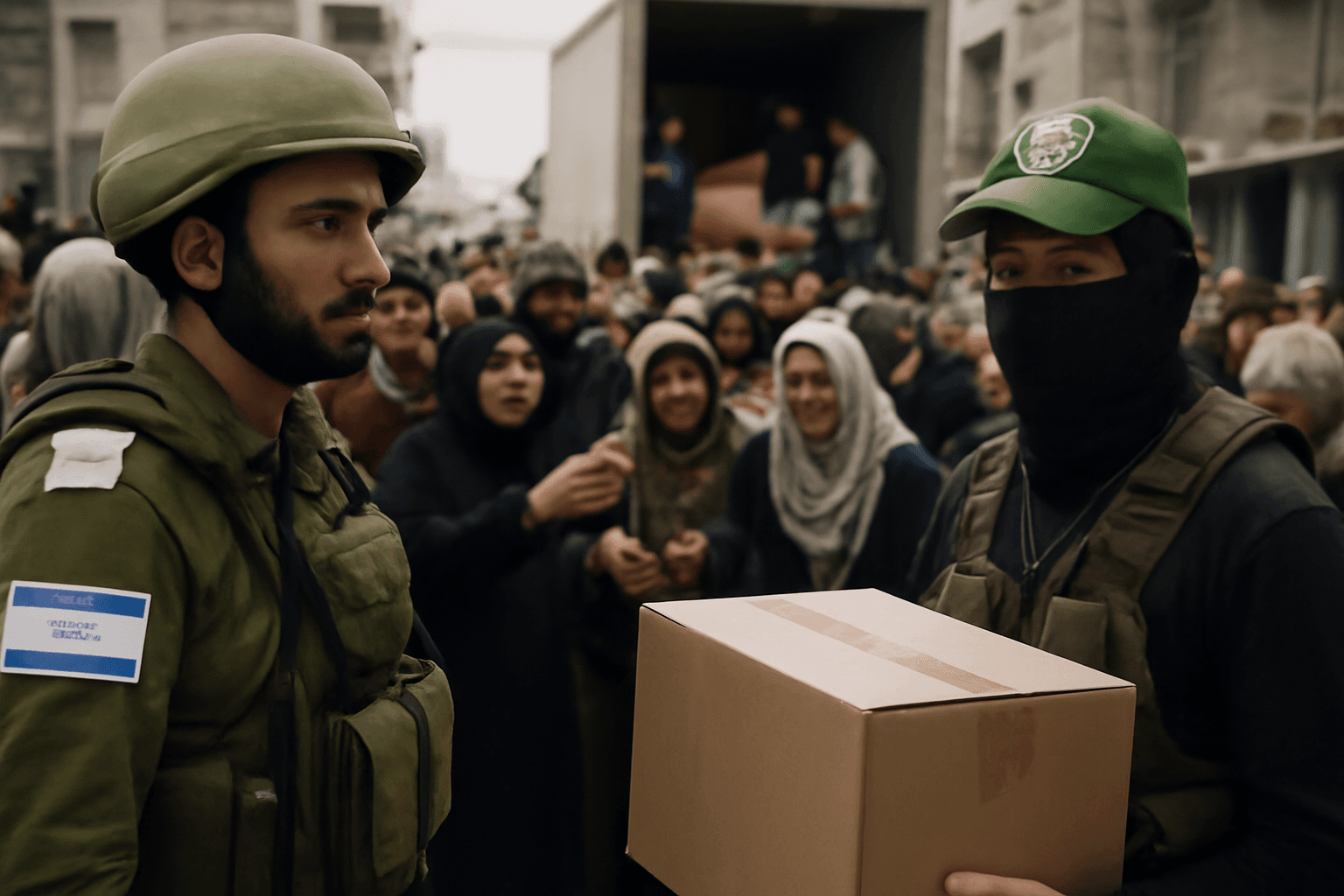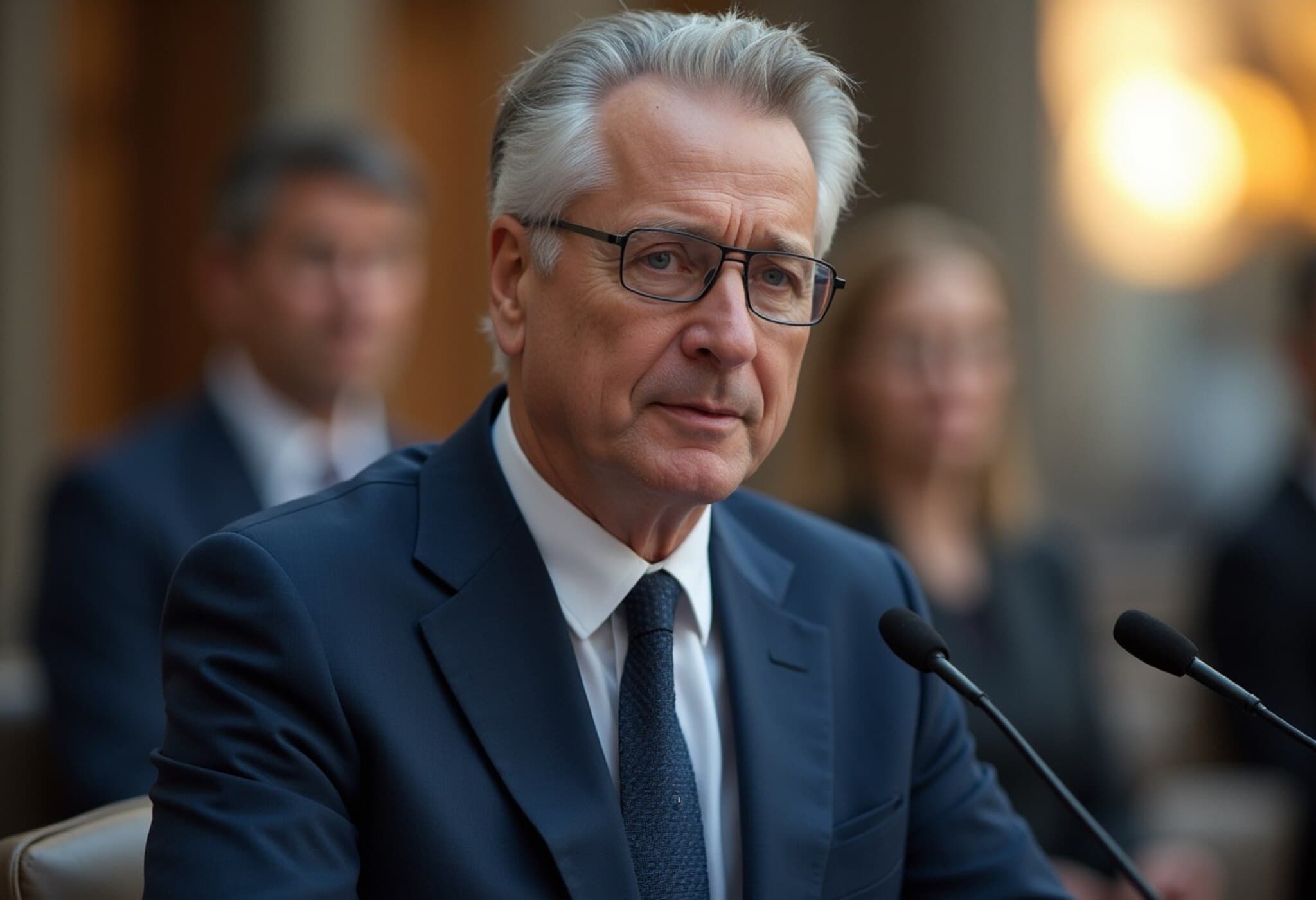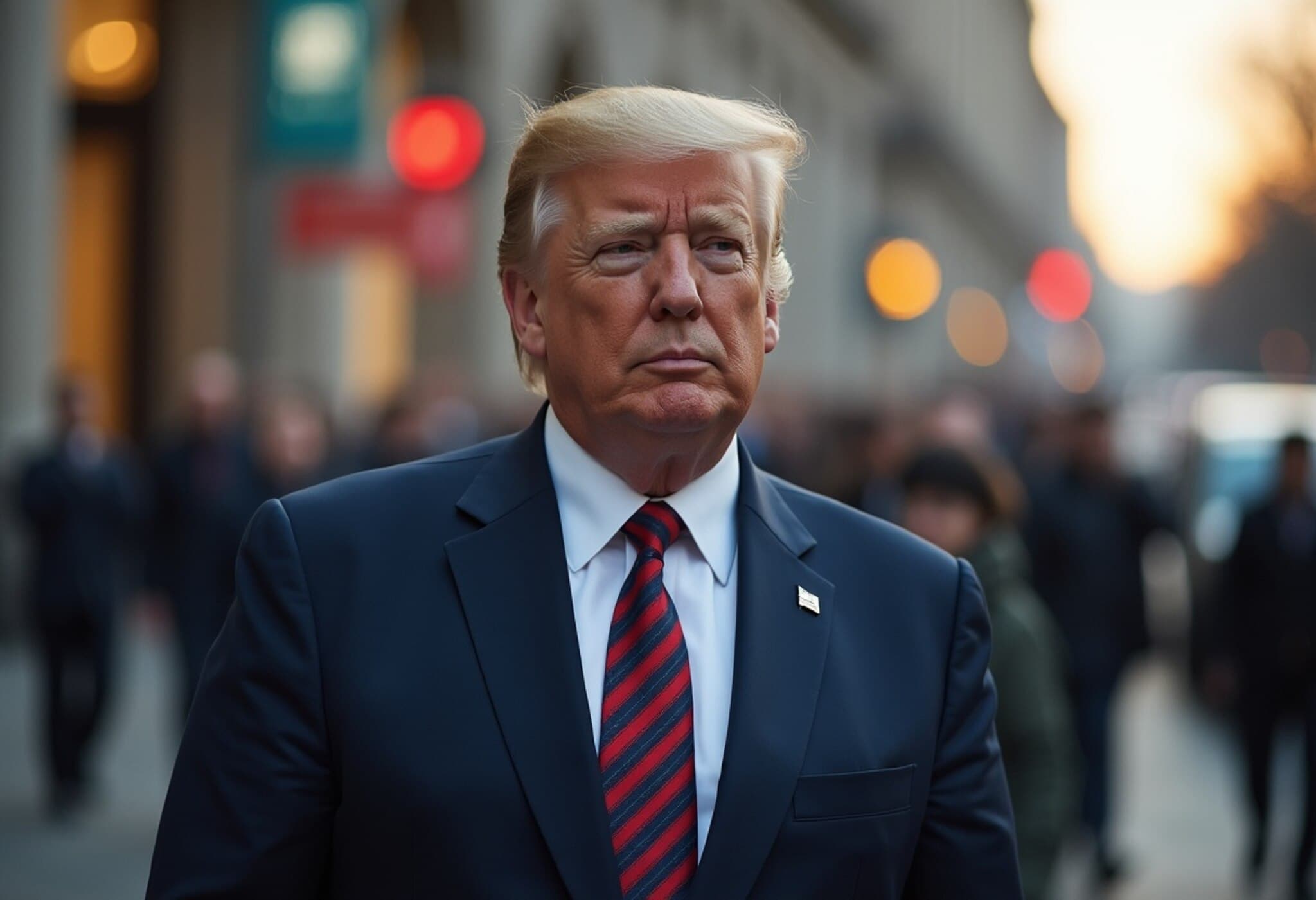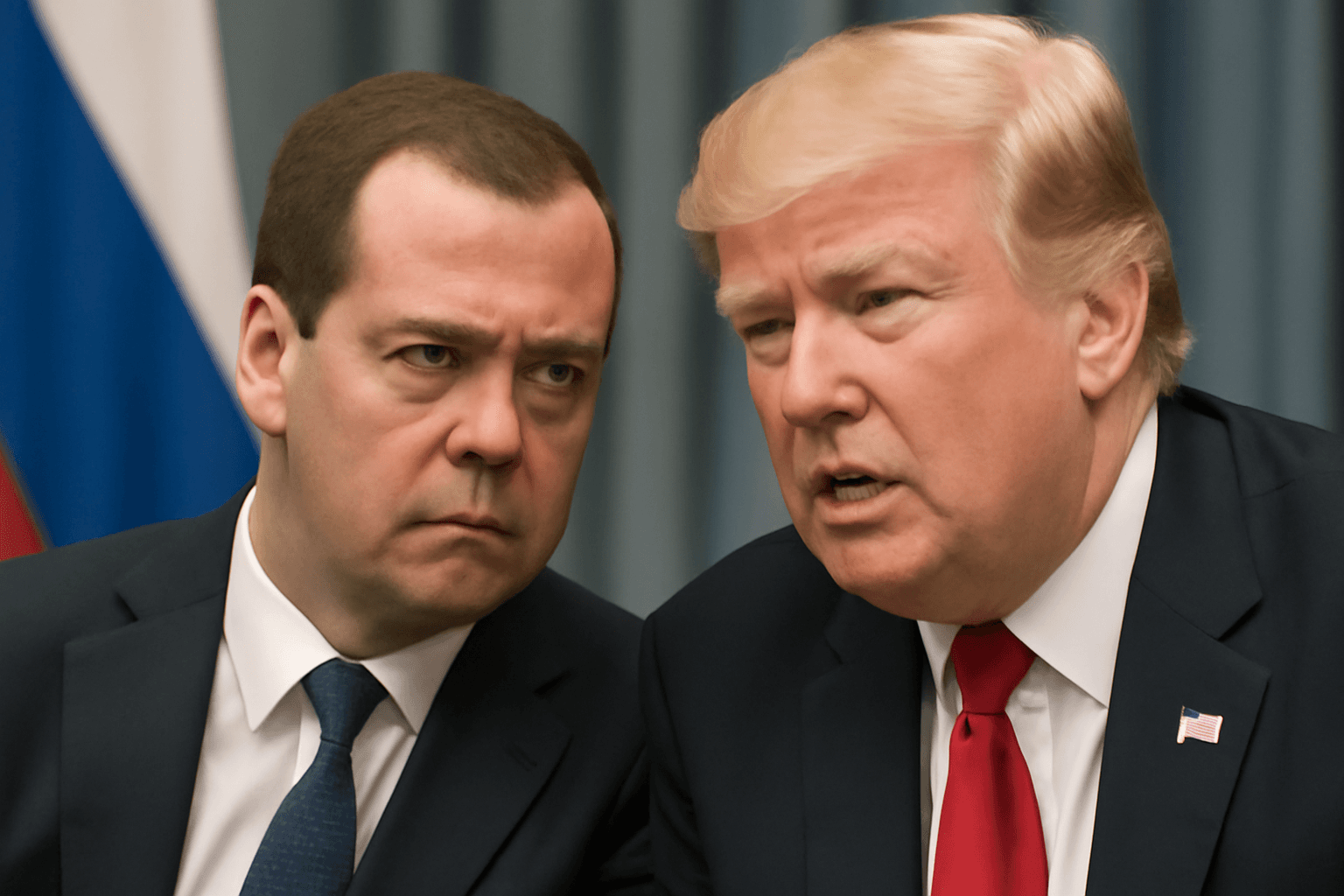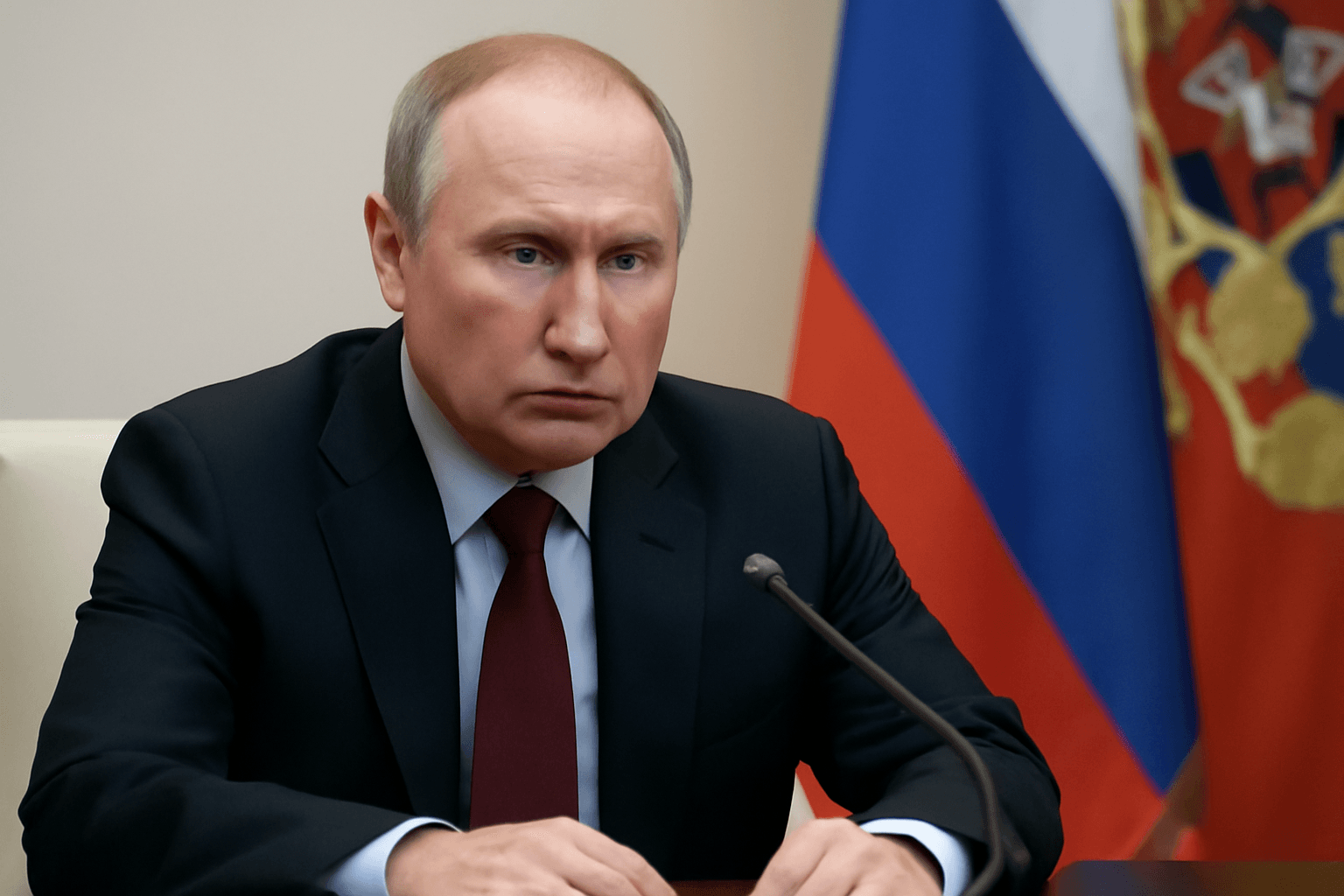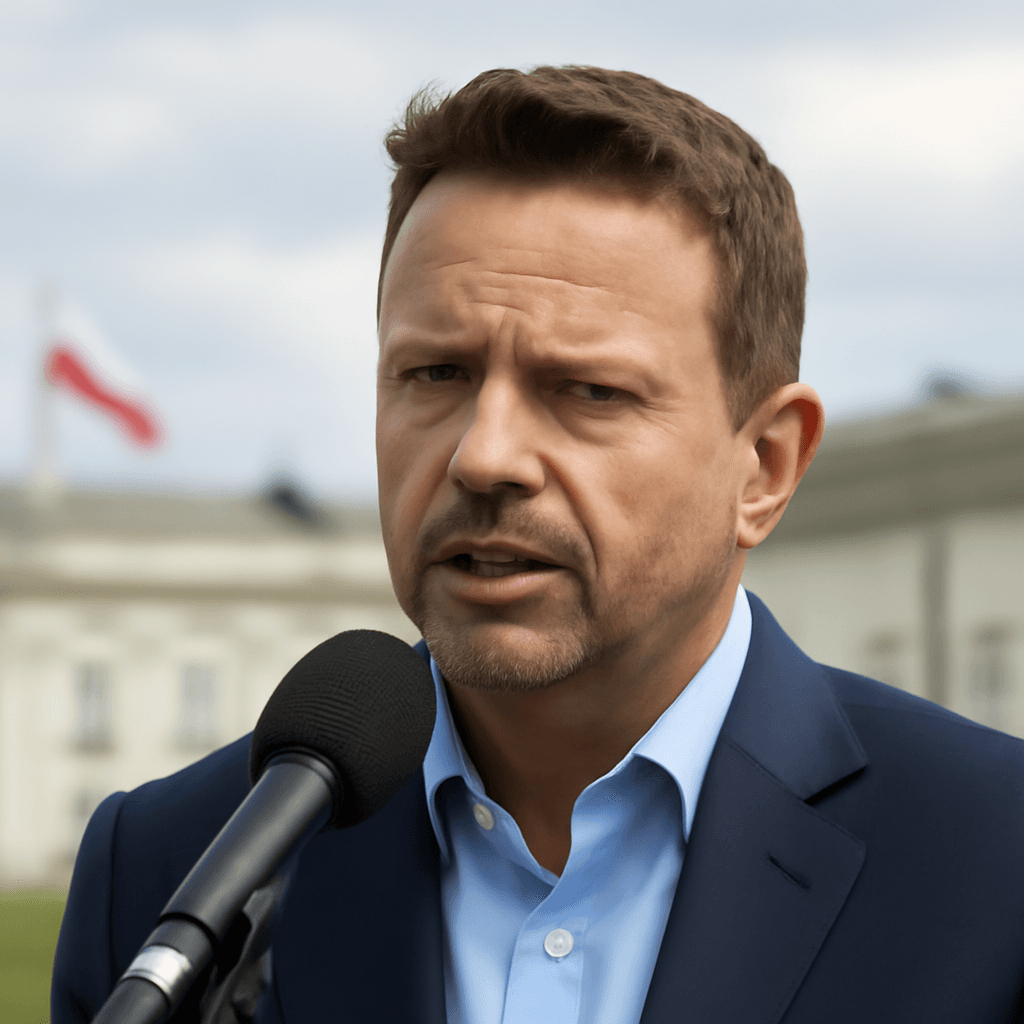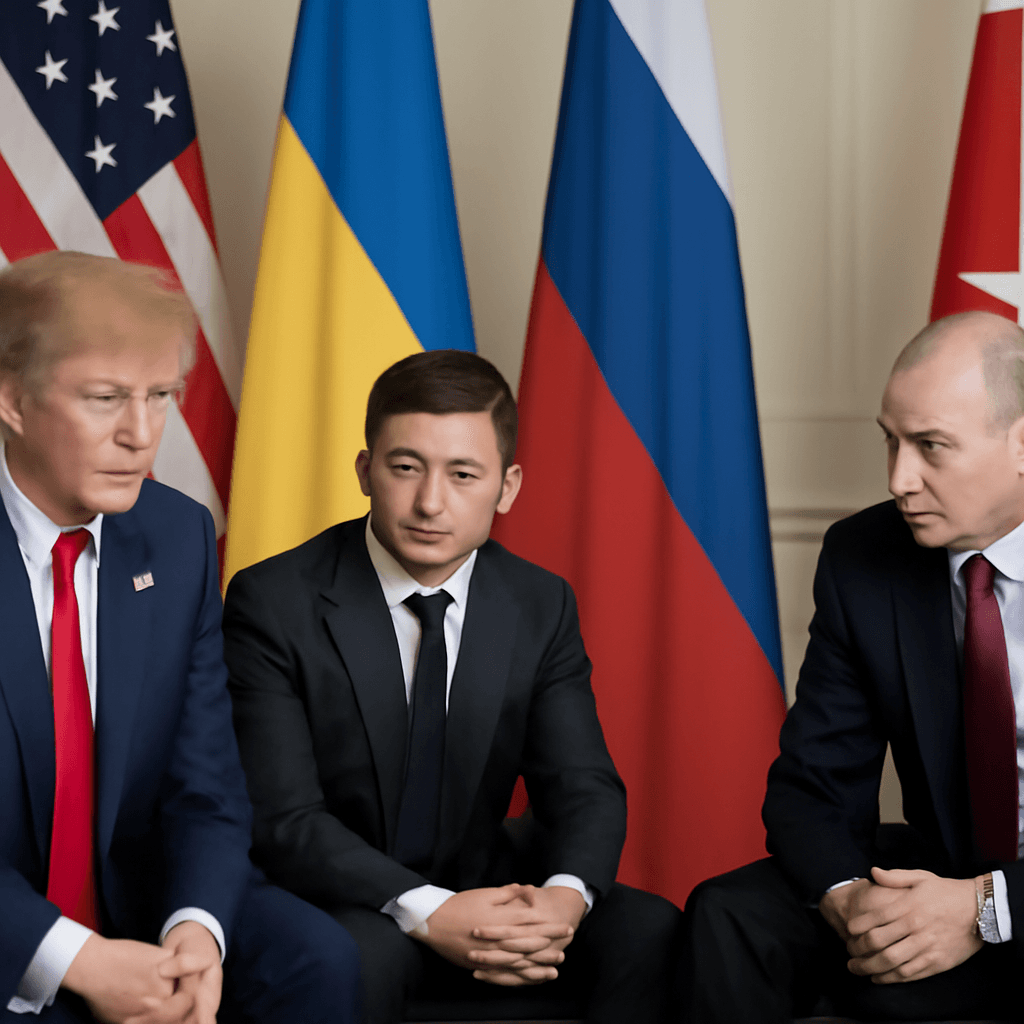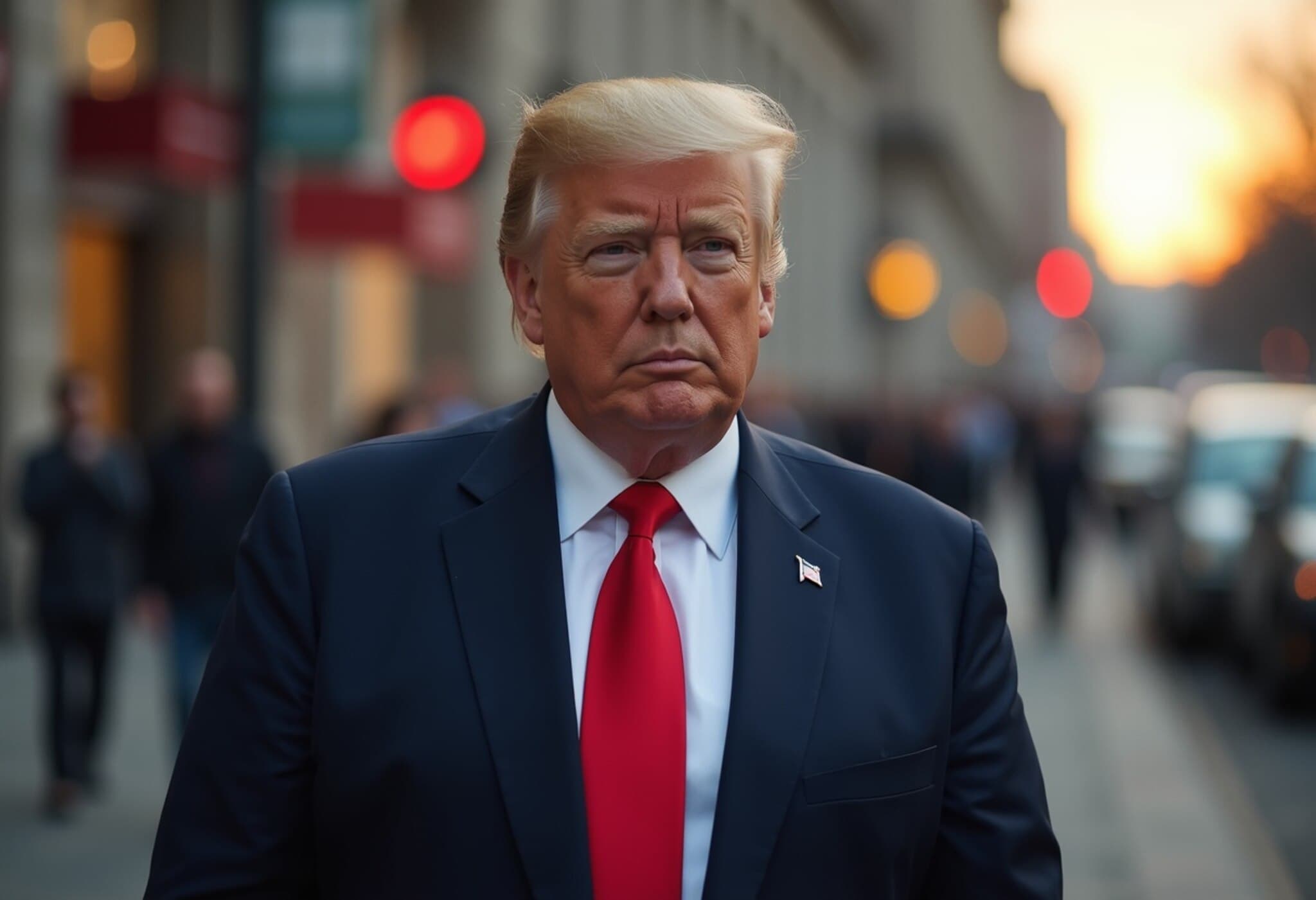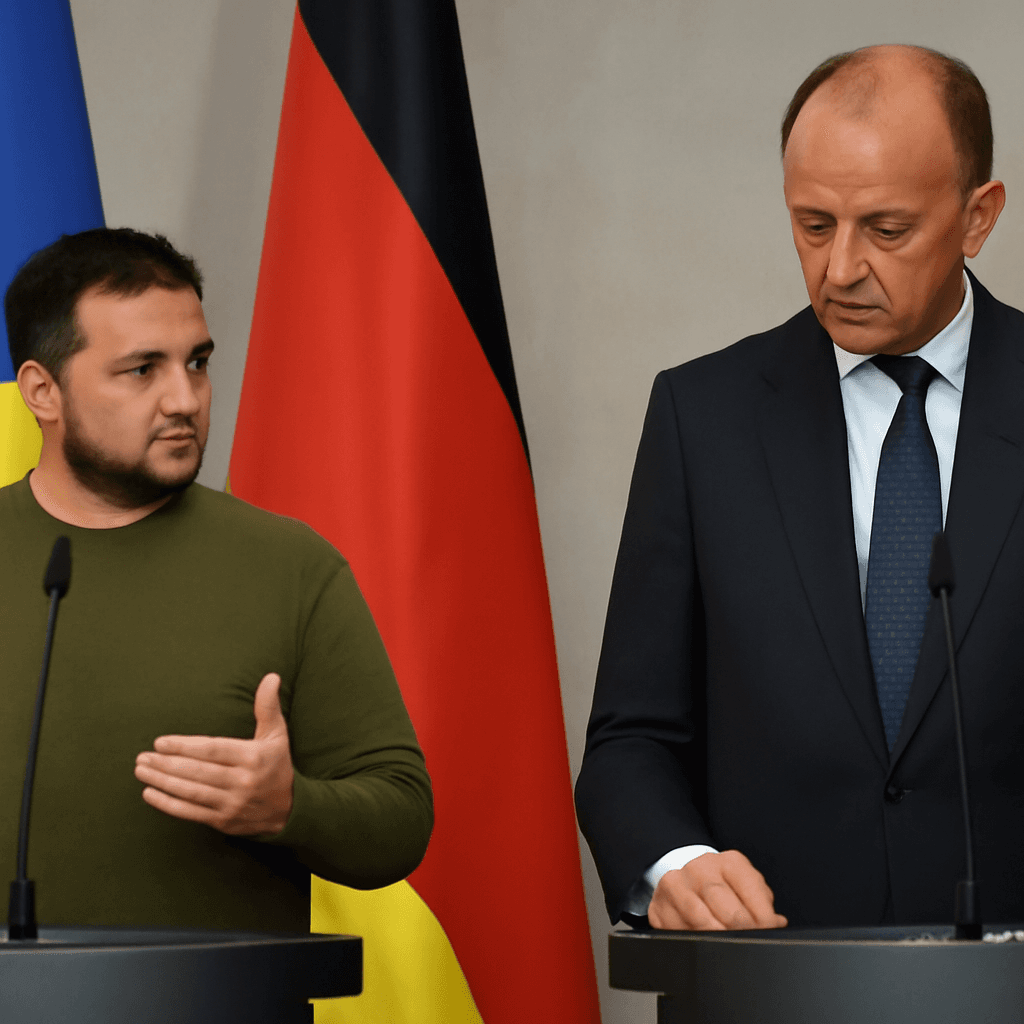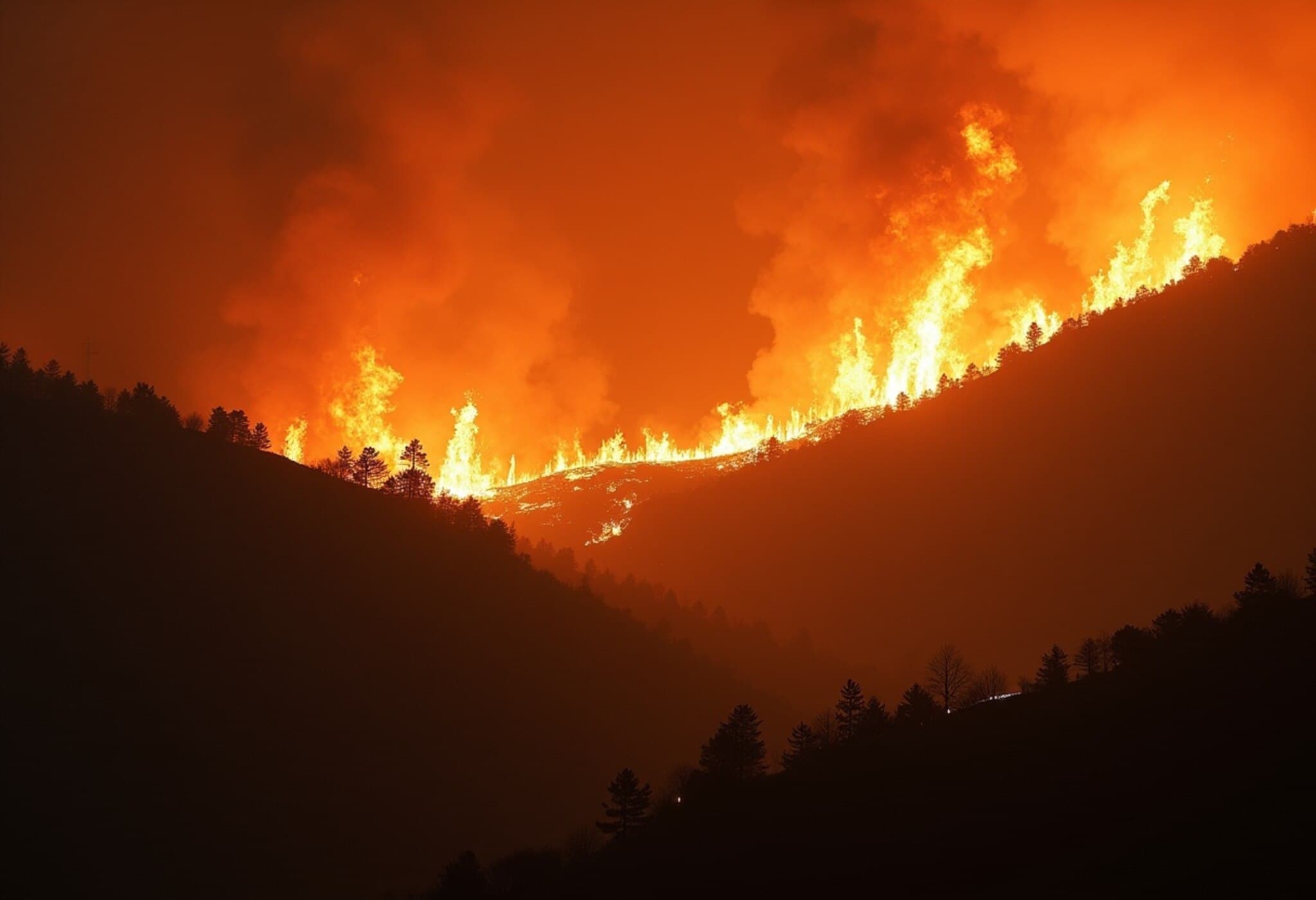European Leaders Join Zelenskyy for High-Stakes Washington Meeting
In a significant diplomatic move underscoring transatlantic unity, Ukrainian President Volodymyr Zelenskyy will meet with US President Donald Trump in Washington this Monday, accompanied by several top European figures. European Commission President Ursula von der Leyen confirmed Sunday that German Chancellor Friedrich Merz, French President Emmanuel Macron, NATO Secretary-General Mark Rutte, and herself will stand with Zelenskyy as they press for an end to the ongoing Ukraine conflict.
Context Behind the Unusual EU-US Alliance
Earlier this year, President Trump held a summit in Alaska with Russian President Vladimir Putin, where a ceasefire was a key topic. However, Ukraine and its European allies were notably absent from that dialogue, which ended without progress and saw Trump dismissing calls for an immediate truce. The European leaders’ decision to accompany Zelenskyy to Washington now reflects a strategic effort to influence the US administration’s position more directly.
A Defensive Move Against Unilateral Peace Negotiations
Observers interpret this joint appearance as Europe’s way of supporting Ukraine firmly on the international stage, ensuring that Zelenskyy does not face undue pressure to accept a peace proposal that might compromise Ukraine’s sovereignty or security interests. President Trump has suggested the responsibility lies with Zelenskyy to negotiate a peace deal, hinting at a potential trilateral summit including Putin.
- European Leaders Present: Ursula von der Leyen (EU Commission), Friedrich Merz (Germany), Emmanuel Macron (France), Mark Rutte (NATO).
- Purpose: Advocate for a sustained ceasefire and bolster Ukraine’s negotiating position.
- Significance: Reinforces EU-US cooperation on Ukraine and counters isolation of Kyiv in peace talks.
Historic Tensions Still Influence Talks
The upcoming trilateral discussions are shadowed by memories of Zelenskyy’s February visit to the Oval Office, which ended in a confrontational exchange publicized widely. Trump and then-Vice President JD Vance criticized Zelenskyy for not sufficiently acknowledging US support, highlighting the sometimes fractious nature of US-Ukraine relations despite shared strategic interests.
Continued Hostilities Demand Urgent Dialogue
Even as these high-level talks are arranged, fighting persists on the ground. Both Kyiv and Moscow forces reportedly deployed attack drones on Sunday, underscoring the urgent need for diplomatic solutions to prevent further escalation and humanitarian crisis.
Expert Analysis: Balancing Realpolitik and Principle
This latest diplomatic orchestration illustrates the complex balancing act in international policymaking—where strategic interests intersect with legal and moral imperatives. For the United States and Europe, supporting Ukraine’s sovereignty without directly confronting Russia militarily requires intricate diplomacy backed by unified international pressure.
Questions for policymakers moving forward include:
- How to maintain a strong, consistent coalition supporting Ukraine amid changing US political priorities?
- What mechanisms can ensure Ukraine’s voice remains central in peace negotiations involving Russia?
- How can the international community speed humanitarian relief while working toward a sustainable ceasefire?
Editor’s Note
This rare gathering of European and Ukrainian leaders with the US president marks a pivotal moment in the quest for peace in Eastern Europe. Beyond the headline diplomacy lies a profound struggle over the future of international alliances and the norms that govern conflict resolution. Readers should observe how this unified front reflects evolving geopolitical dynamics and what it signals for global governance in times of war.
Stay tuned as this story develops, reflecting the intertwined fates of Ukraine, Europe, and transatlantic relations amid one of the most consequential conflicts of this decade.

